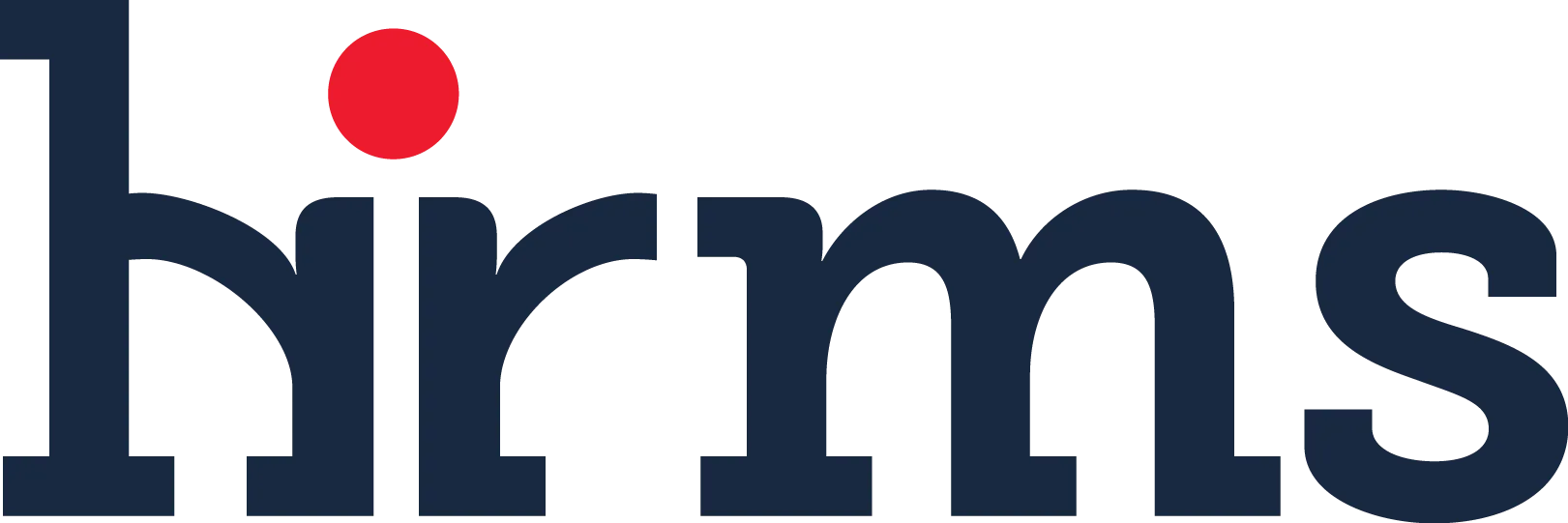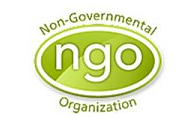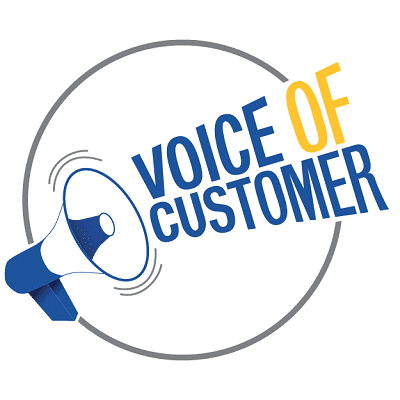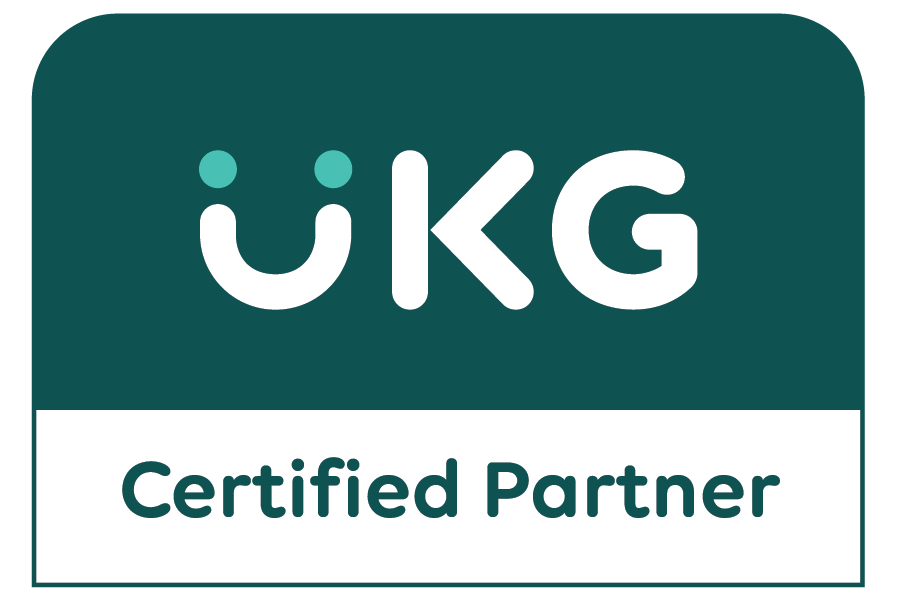Non-governmental organizations (NGOs) have become quite prominent with missions such as economic growth, political stability, faith based, human rights, and health and education progress. The World Bank defines NGOs as “private organizations that pursue activities to relieve suffering, promote the interests of the poor, protect the environment, provide basic social services, or undertake community development.”
When it comes to managing a global workforce, NGOs face many of the same intricacies and challenges, if not more, as commercial businesses. It is not uncommon for NGO’s to have several regional offices and employees located across multiple continents like so many corporations today. However NGO employees frequently work in some of the most remote, desolate locations on earth and have very little in the way of business amenities or even connectivity to a regional office. To successfully manage their workforce, human resource management for NGOs requires implementing a unified global HR technology strategy and global HRIS.
For today’s NGO Human Resources leaders, having real-time access to critical employee data can become quite a challenge. Employee information can eventually reside on multiple servers, be tracked separately in individual countries, be stored in multiple standalone human resource information systems (HRIS), be retained on numerous spreadsheets or simply exist in traditional employee paper files – all of which are typically intended to manage only a small segment of the entire workforce.
So how do HR professionals keep up with the data management needs of such a diverse and distributed workforce? How do they keep their employee data current and accurate amongst several silos of disparate systems? A growing trend amid HR professionals in the NGO segment is recognizing that there are specialized systems which allow the HR organization to vastly improve service to its customers — their employees and managers — while having real time visibility and insight into important workforce metrics and organizational trends.
What are compelling reasons why an NGO can justify their investment in HR technology solutions?
Listed below are four key reasons why HR leadership has gained Executive sponsorship for purchasing and deploying HRIS Software:
1. A single centralized system of record – built for a global and mobile workforce
Let’s face it, most HR technology vendors are not up to the challenge of delivering a system that allows customers the ability to effectively manage employees across multiple countries. Some ERP vendors may deliver on this promise but the price tag is generally far out of reach for so many and, even still, the systems tend to be mostly U.S. centric.
NGOs benefit more from purpose built, global and mobile ready Human Capital Management (HCM) software that securely protects and accommodates core HR requirements surrounding multi-lingual, multi-currency, currency conversion, tracking ex-pats and third country nationals, as well as country specific formatting for addresses, EINs and phone numbers. And the solution needs to have a reasonable Total Cost of Ownership. If the HCM system lacks these basic fundamentals, the NGO’s HR team is typically forced to track employee data in various spreadsheets, which carries its own risk, and can make generating the most basic reports for business decision-making a daunting challenge.
2. Electronic workflow
Based on the laws of the countries in which they operate, there can be many instances when an NGO is required to have different HR business processes and security rights to view and display certain employee data. Most HR systems today allow configuration of workflow and role-based security, however, there are definitely varying degrees of capability and flexibility. NGOs require robust workflow engines that allow sophisticated conditional logic and business rules that satisfy HR, country/program managers and local in-country compliance regulations.
3. Grant management and understanding time worked by grant
As not-for-profit organizations, funding for NGO business operations and mission-based projects is usually made available through specific grants from governments, embassies, memberships and private donations. Employees at an NGO could be applying their time worked throughout the day to one, two or more projects per day. Keeping within the limits of a grant – which has a beginning and end – is critical for the NGO to quickly understand the time worked against each grant’s funding and be able to develop accurate and credible status reports.
4. Ability to track headcount when employees have more than one position
NGOs, as well as many other not-for-profit organizations, may find it useful to be able to accurately track employees that may have more than one position, even if each of an employee’s multiple positions has a different pay rate. This helps leadership’s effectiveness by better seeing their organization’s FTE headcount from a budgeted and actual perspective, then planning and executing accordingly.
NGOs deploy HR technology for far more many reasons than listed above including to improve their recruiting, onboarding, benefits administration, self-service, skills and competency matching, compliance reporting, performance management, absence management as well as development and succession planning to name a few. And while some HCM vendor solutions are better positioned to meet the uniqueness of not-for-profit organizations such as NGOs, the most successful solution is one that best meets the priorities of your own organization’s functional, technical and cost requirements.
